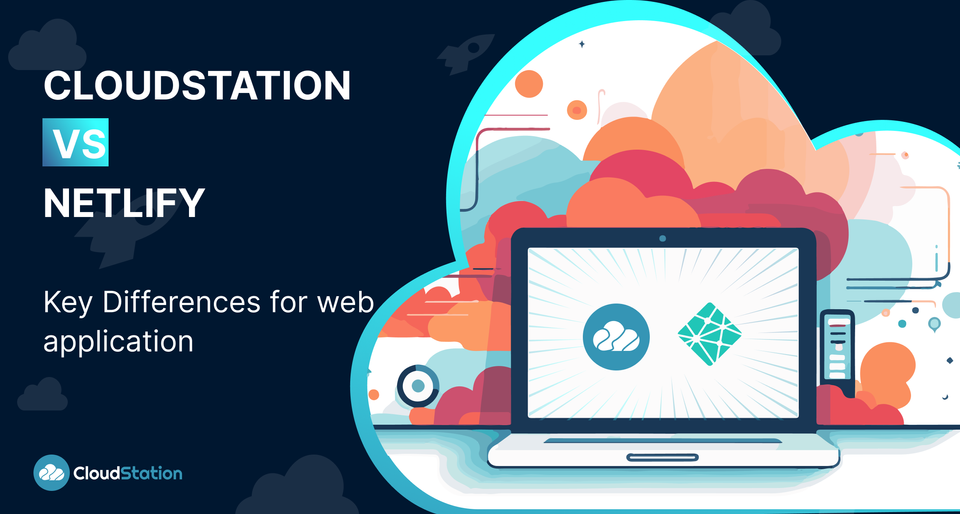CloudStation vs. Netlify

Discover the fundamental distinctions between CloudStation and Netlify, two powerhouse platforms for web deployment. Ideal for developers deciding the best fit for their project needs.
Choosing between CloudStation and Netlify for your next project? Understand their core differences to make an informed decision!
Selecting the right platform for deploying web applications can significantly impact the success of your project. CloudStation excels in full-stack deployment, offering robust support for frontend, backend, databases, and microservices. Conversely, Netlify is tailored more towards frontend projects, particularly those needing quick, efficient management of static sites and JAMstack applications. This guide delves into the key differences to help you select the best tool for your project needs.
Key Differences
Deployment Focus
- CloudStation: Full-stack deployment capabilities including integrated database support.
- Netlify: Primarily focuses on frontend, excelling in static sites and JAMstack with high-efficiency deployment.
Database Support
- CloudStation: Offers built-in databases like PostgreSQL and MySQL, complete with features such as auto-scaling and snapshots.
- Netlify: Does not provide built-in databases; instead, it relies on third-party integrations for database services.
Microservices Architecture
- CloudStation: Supports native Docker and offers tools for handling monorepos, facilitating independent service deployments.
- Netlify: Leverages serverless functions and edge functions to manage backend logic without native Docker support or monorepo handling.
Persistent Storage
- CloudStation: Includes persistent storage volumes necessary for stateful applications.
- Netlify: Operates on a stateless architecture which typically does not involve persistent storage.
Pricing Structure
- CloudStation: Utilizes a pay-as-you-go model, allowing for flexible and scalable pricing based on usage.
- Netlify: Features a tier-based pricing model with a generous free tier aimed at reducing costs for smaller projects or startups.
Conclusion
Your choice between CloudStation and Netlify should align with the specific requirements and scale of your project. If you need a platform that supports extensive full-stack development with integrated database management and microservices, CloudStation is likely the better choice. For projects that prioritize quick deployment of static sites and web apps with less backend complexity, Netlify provides an efficient and streamlined solution.
FAQs
- Which web application platform is better for beginners?
Netlify is generally more user-friendly for beginners due to its simpler setup and management. - Can CloudStation support high-traffic applications?
Yes, CloudStation is designed to handle high-traffic applications efficiently with its robust scaling capabilities. - What are the cost benefits of choosing Netlify over CloudStation?
Netlify offers a free tier which can be particularly cost-effective for small projects or developers starting out. - How do deployment times compare between the two platforms?
Netlify typically offers faster deployment times, making it ideal for projects that require frequent updates. - Which platform offers better support for real-time applications?
Both platforms provide capabilities to support real-time applications, but the choice may depend on specific project needs and the integration of other tools and services.
